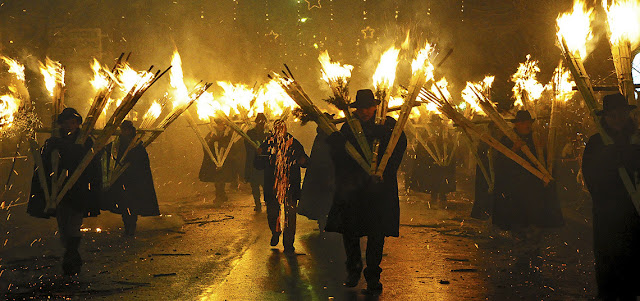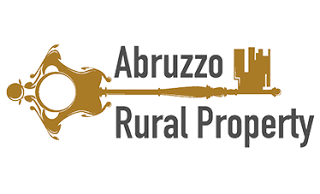A suggestive festival is held every year in Agnone, in Molise region; the festival is called La N’docciata and it takes its origin from the pagan rite of the fire. In the past, hundreds and hundreds of years ago, the shepherds of this area used to build big torches made of wood. The roots of the festival go back even before the time of the ancient Romans. This area was the home of the Samnite tribes.
The torches had a conic hard wood structure filled with brushwood. This type of structure allowed the shepherds to carry the torches on their shoulders when they had to walk in the countryside during the night. The structure also permitted the fire to burn for long time; therefore, the torches were a source of light and a source of heat for the shepherds during the long, cold winter’s nights. The tradition is also related to the pagan rite of the light.
Nowadays, the festival is held twice a year, the evening of the 8th of December that in Italy is a Catholic festivity, and the evening of the 24th of December. This is the traditional date, on the Eve night. The second, the 8th of December, became famous on 1996 when it was performed in Piazza San Pietro for the Pope. La N’Docciata is now a big event, with several dozens of torches carried by men wearing traditional shepherd’s clothes.
The torches formed by just a single cone are normally carried by teen-age kids. The bigger torches formed by two, three or even fourteen cones are carried by adults. The procession is very impressive.
The torches parade strolls along the main road of the Agnone, from the northern side of the village up to the main cathedral. The closing ceremony is held in Piazza del Plebiscito, where what is left of all the torches end up in a giant bonfire of brotherhood.
The village is all decorated with Christmas lights, Christmas trees and shops adorned for the festivity seasons. La N’Docciata of Agnone is a pagan tradition that nowadays embrace the Christmas celebrations and the winter season. A few years ago, La N’Docciata has been awarded the title of Italian Heritage of Tradition.
Source: Abruzzo Rural Property










